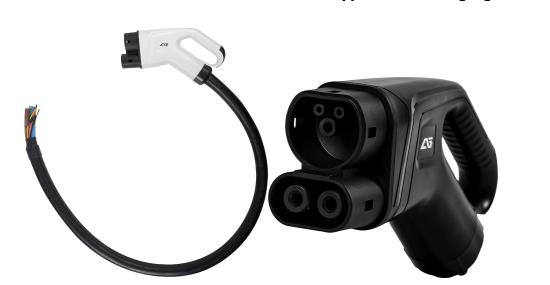AC alternating current stations and DC direct current stations.

It should be noted that the electric current coming from the public network is an alternating current. However, a battery requires direct current to charge. Therefore, the current must be converted either in the vehicle, thanks to its on-board charger, or directly inside the charging station.

If you plug a Peugeot e-208 into the T2 socket of a 22 kW AC charging station, it will perform its optimal recharge in 4h 17min. Because its 7-kW on-board charger has a lower power than the one in the charging station, the charging speed will be capped.
To help minimise this time, there are DC charging stations.

If this same Peugeot is plugged into a 24 kW DC charging station, recharging takes place at full power in just 1h 15min. The charging station converts the current all by itself and supplies the battery with direct current. It works with any vehicle, via a Combo CCS or CHAdeMo socket.
So, what type of charging should you choose?
“Normal” AC charging is preferred for long parking whereas “fast” DC charging is used when vehicles are parked less than 2 hours.
Thank you for reading, all the pictures shown in this article are from AG.